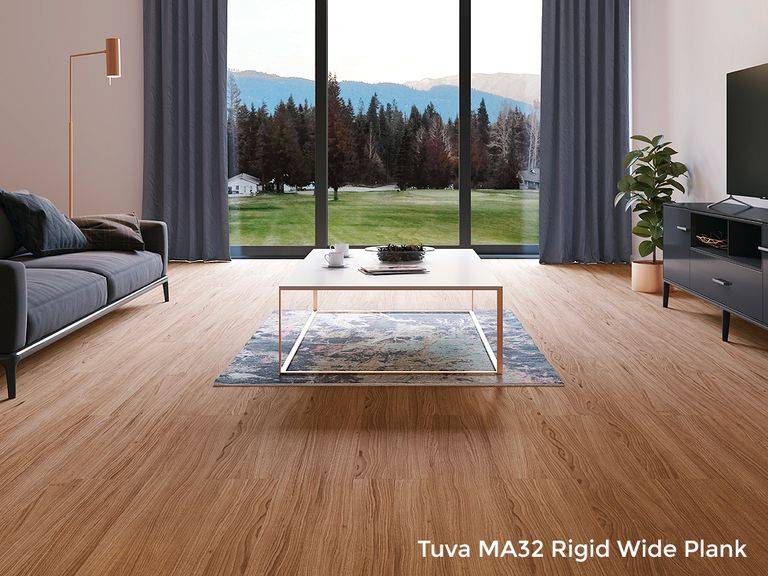Recent posts
- Market Trends & Future Directions in Laminate Worktops
- Swiss Krono and IDS Unveil Global One World and Curated UK Stock Collections for KBB Manufacturers
- Rosyth lead the way in health and safety
- Benefits Of Luxury Vinyl Tile (LVT) Flooring
- COVID-19 Coronavirus Statement 06/01/21
- Discover our New Ways of Working
- All Branches Now Open
- Latest Statement - Open for Business
- Customer Announcement - COVID-19 Coronavirus
- COVID-19 Coronavirus - Open for Business
- COVID-19 Coronavirus Statement Update
- COVID-19 Coronavirus Statement










